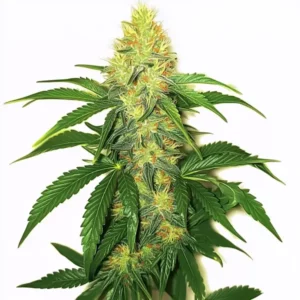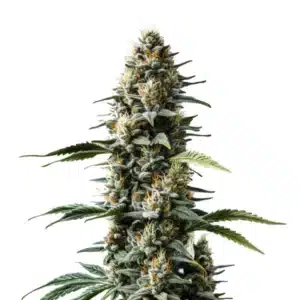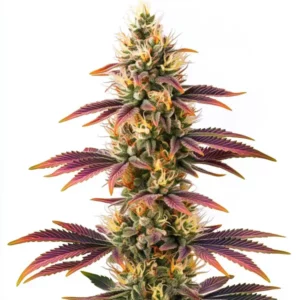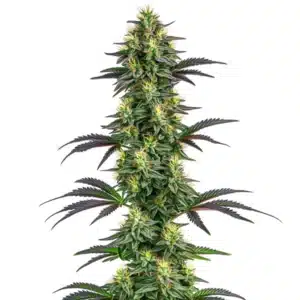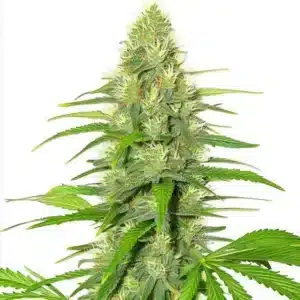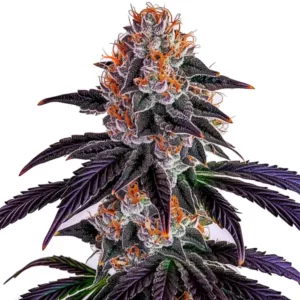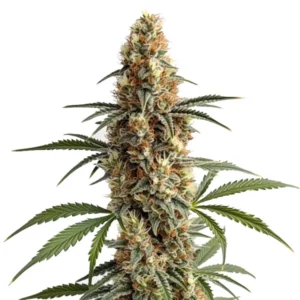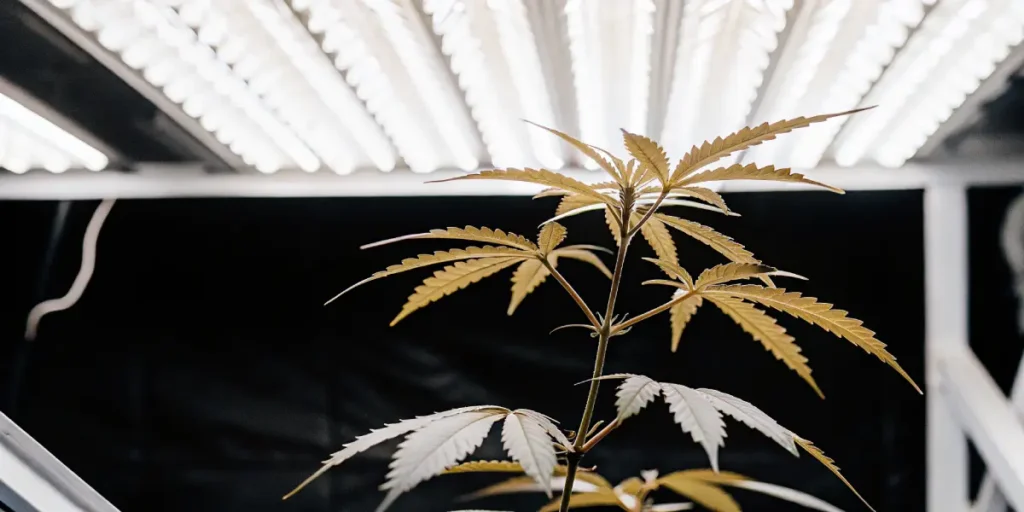
Genetic Modification to Reduce ROS in Cannabis
Genetic modification to reduce ROS in cannabis is a hot topic among growers seeking healthier plants. ROS, or reactive oxygen species, are molecules that can harm plant cells. Lowering ROS levels helps cannabis plants thrive. By using genetic modification, we can better control these levels.
Reactive oxygen species are like stress signals for plants. When levels rise too high, plants suffer. Reducing ROS helps in growing robust cannabis plants. Genetic engineering offers a way to achieve this. It provides a means to alter plant DNA, enhancing their ability to handle stress.
Recommended Strains
AK 47
|
|
THC | 16% - 19% (Medium) |
|
|
Type | Feminized |
|
|
Yield | Medium |
|
|
Phenotype | 35% Indica / 65% Sativa |
Sour Diesel
|
|
THC | 22% - 25% (Medium) |
|
|
Type | Feminized |
|
|
Yield | High |
|
|
Phenotype | 30% Indica / 70% Sativa |
This approach is beneficial for both beginners and pros. First-time growers can start with strains known for low ROS levels. Experienced growers can use genetic techniques to lower ROS in cannabis plants they already love. This makes genetic modification a versatile tool in cannabis cultivation.
Why Reduce ROS in Cannabis?
Reducing reactive oxygen species in cannabis through genetic engineering can lead to healthier plants. High ROS levels can damage plant cells, affecting growth and yield. By controlling ROS, plants can focus on growth rather than repair.
Optimizing cannabis genetics to control ROS levels also improves the quality of the yield. Less stress means better aroma, flavor, and potency. Cannabis strains like White Widow are popular for their resilience. By reducing ROS, these strains can perform even better.
Additionally, reducing ROS levels through genetic modification for cannabis ROS reduction can lead to a more vibrant and lush plant appearance. This aesthetic benefit is particularly appreciated in commercial settings where the visual appeal of cannabis can be a marketing advantage. Healthier plants also contribute to a more sustainable cultivation process, reducing the need for interventions and minimizing resource use.
Furthermore, the practice of genetic modification to reduce ROS in cannabis ensures that plants are not only focused on surviving but thriving. By reducing the energy spent on dealing with oxidative stress, plants can allocate more resources to essential processes such as photosynthesis and nutrient absorption, which are crucial for robust growth and high-quality yields.
Benefits of Genetic Modification
Genetic modification for cannabis ROS reduction offers several advantages. It allows growers to produce more resilient plants. These plants can better withstand environmental stressors like heat and drought. This resilience is key to consistent crop yields.
Another benefit is increased growth rates. By minimizing ROS, plants can channel energy into growth rather than stress responses. This can shorten the time from seed to harvest. Strains like Critical benefit from this approach, offering quicker harvests.
Genetic modification to reduce ROS in cannabis also contributes to the plant’s ability to withstand pests and diseases. By lowering oxidative stress, the plant’s immune system remains more robust, reducing dependency on chemical pesticides and leading to a more organic cultivation process.
Moreover, cannabis genetic engineering to minimize ROS can enhance the plant’s ability to absorb nutrients effectively. This improved nutrient uptake means plants can grow healthier and stronger, providing growers with a more bountiful and potent harvest. These benefits showcase the potential of genetic techniques to lower ROS in cannabis plants, offering a revolutionary approach to modern cultivation practices.
Promos & Deals
How Genetic Engineering Works
Cannabis genetic engineering to minimize ROS involves altering the plant’s DNA. This can be done through various techniques. One method is gene editing, which modifies specific genes linked to ROS production. By targeting these genes, we can lower ROS levels effectively.
Another approach is to introduce new genes. These genes can help the plant break down ROS more efficiently. This is like giving the plant new tools to handle stress. The result is a stronger, more resilient plant.
Besides to gene editing, genetic modification for cannabis ROS reduction can involve the use of biotechnological methods such as transgenic techniques. These methods introduce beneficial traits from other species, equipping cannabis plants with enhanced capabilities to combat ROS.
Through these approaches, genetic modification to reduce ROS in cannabis not only strengthens the plant’s defenses but also enhances its adaptability to changing environmental conditions. This adaptability is crucial in the face of climate change, ensuring that cannabis cultivation remains viable and productive across diverse growing environments.
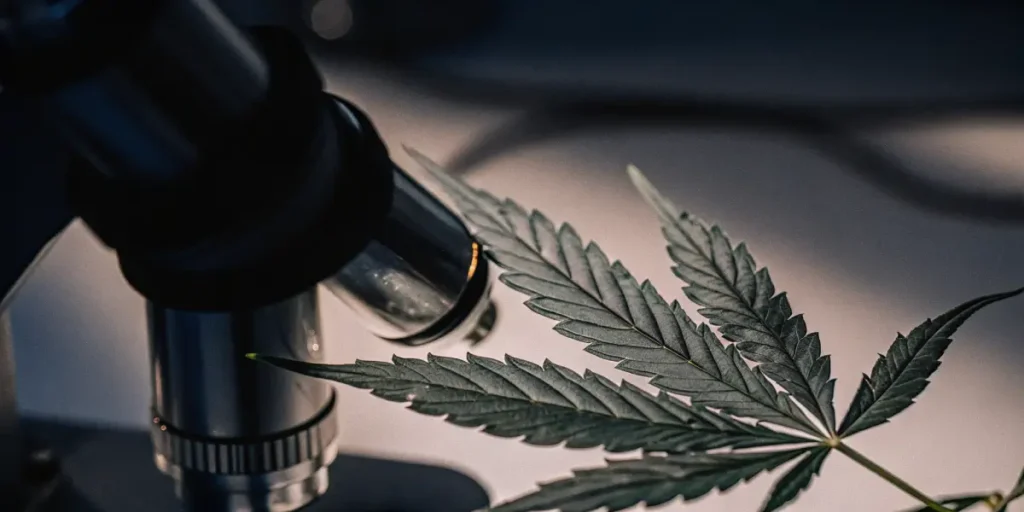
Tools and Techniques
Several genetic techniques to lower ROS in cannabis plants are available. CRISPR-Cas9 is a popular tool. It allows precise edits in the plant’s DNA. This precision is key to ensuring only the desired changes occur.
Another technique is RNA interference. This method silences specific genes. By turning off genes that increase ROS, plants can maintain lower levels. This technique is less invasive than others, making it a popular choice.
Traditional breeding methods also play a role. By selecting plants with naturally low ROS levels, growers can cultivate better strains over time. These methods, combined with modern techniques, offer a comprehensive approach to reducing ROS.
Advanced genetic techniques such as CRISPR-Cas9 and RNA interference not only provide precision but also speed up the development of new cannabis strains. This rapid innovation cycle enables breeders to quickly respond to market demands and environmental challenges, making cannabis genetic engineering to minimize ROS a critical tool for the future of cultivation.
Choosing the Right Strains
When it comes to genetic modification to reduce ROS in cannabis, strain selection is crucial. Some strains naturally have lower ROS levels. These strains are a great starting point for beginners. Sour Diesel is one such strain, known for its robustness and vigor.
Experienced growers might opt for genetically modified strains. These have been enhanced to maintain low ROS levels. This ensures healthier plants and better yields. Combining natural resilience with genetic modifications offers the best of both worlds.
Besides to Sour Diesel, strains such as Blue Dream and Northern Lights are recognized for their natural ability to handle oxidative stress. These strains provide a foundation for growers who are aiming to reduce ROS levels without resorting to genetic modification.
For those interested in genetic modification for cannabis ROS reduction, choosing strains that have been specifically engineered to thrive under various stress conditions is key. These strains offer improved growth potential, resilience, and yield, making them ideal choices for both commercial operations and personal cultivation.
Practical Strain Examples
AK-47 is another strain that benefits from genetic modification. Known for its high yield, reducing ROS can further improve its performance. Growers can enjoy a more abundant harvest.
White Widow, already mentioned, is a classic. Genetic modification can enhance its already impressive resilience. This makes it an excellent choice for both new and seasoned growers.
Critical is perfect for those seeking fast results. With genetic engineering, this strain can achieve even quicker growth cycles. It’s ideal for growers looking to maximize their output in less time.
Genetically modified strains like AK-47 not only offer increased yield but also improved potency and flavor profiles. By focusing on reducing reactive oxygen species in cannabis through genetic engineering, growers can achieve a superior product that stands out in the competitive market.
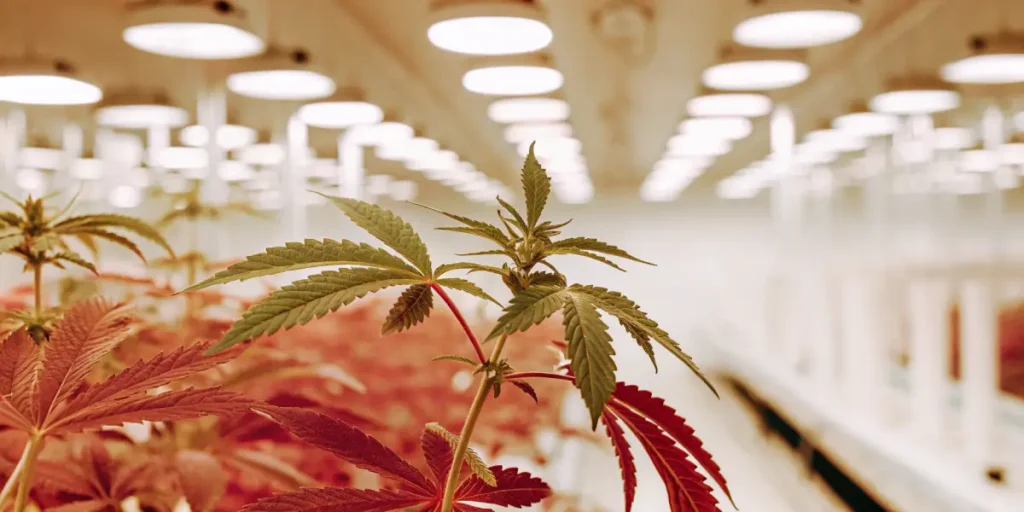
FAQs: Genetic Modification to Reduce ROS in Cannabis
What is ROS and why is it important in cannabis cultivation?
ROS, or reactive oxygen species, are molecules that can cause damage to plant cells. In cannabis cultivation, high ROS levels can lead to stressed plants. This stress can impact growth and yield negatively.
By reducing ROS levels, growers can ensure healthier plants. Healthier plants mean better yields and higher quality cannabis. It’s a key factor for both personal and commercial growers aiming for the best results.
Knowing the function of ROS in cannabis cultivation is vital for growers who want to maximize their plant’s potential. High ROS levels are often a response to environmental stressors such as excessive light, drought, or nutrient imbalances, making genetic modification to reduce ROS in cannabis an effective strategy for stress management.
Managing ROS through genetic techniques also ensures that plants have a greater chance of reaching their full genetic potential. This not only enhances plant health and yield but also contributes to the overall sustainability of cannabis cultivation practices.
How does genetic modification help in reducing ROS?
Genetic modification helps by altering the plant’s DNA. This can involve editing genes linked to ROS production. By doing so, plants can maintain lower ROS levels naturally.
This genetic approach offers a way to enhance plant resilience. It allows plants to focus on growth and reproduction rather than stress responses. This is crucial for achieving optimal yields.
Genetic modification for cannabis ROS reduction is not just about editing genes but also about equipping plants with novel traits that enhance their survival and growth. This holistic approach ensures that the plant’s entire physiology is geared towards optimal performance.
Additionally, genetic modification provides a platform for continuous improvement. As new genetic insights are gained, they can be integrated into existing cannabis strains, leading to an ever-evolving cultivation process that consistently pushes the boundaries of what’s possible.
Are there specific strains recommended for low ROS levels?
Yes, certain strains are known for naturally low ROS levels. Strains like Sour Diesel and White Widow are popular choices. These strains offer a good balance of resilience and yield.
For those interested in genetically modified strains, options like AK-47 and Critical are excellent. These strains are enhanced to maintain low ROS levels, ensuring robust growth.
Choosing the right strain is a critical step in maximizing the benefits of genetic modification to reduce ROS in cannabis. By selecting strains that naturally exhibit low ROS levels or have been genetically enhanced, growers can ensure they are starting with a solid foundation for success.
Strain selection not only impacts the plant’s ability to handle oxidative stress but also influences the overall cultivation experience. Opting for the right strains can lead to a more rewarding and efficient growing process, ultimately producing higher quality cannabis.
What are the benefits of using genetically modified cannabis strains?
Genetically modified cannabis strains offer several benefits. They are more resilient to environmental stressors. This means they can thrive in less-than-ideal conditions, offering consistent yields.
These strains also require fewer chemical interventions. This makes them an attractive option for organic growers. Additionally, they can offer faster growth cycles, maximizing production.
Genetically modified strains are not only about improving resilience but also about unlocking the full potential of the plant’s genetic makeup. By focusing on genetic modification for cannabis ROS reduction, growers can achieve a plant that is optimized for both quality and efficiency.
The use of genetically modified strains also opens up new possibilities for innovation in cannabis cultivation. As the industry continues to evolve, these strains can play a pivotal role in setting new standards for quality, sustainability, and productivity.
How can beginners get started with genetic modification for cannabis?
Beginners should start by selecting strains known for low ROS levels. This provides a foundation for healthy growth. Strains like Sour Diesel and White Widow are great starting points.
For those interested in genetic modification, starting with seed banks offering modified strains is a good idea. Blimburn Seeds offers a range of options. Experimenting with these can provide valuable learning experiences.
Beginners can also benefit from educating themselves about the basics of cannabis genetic engineering to minimize ROS. Knowing the science behind genetic modification will provide a deeper appreciation of the process and its potential impact on cultivation.
As beginners gain experience, they can gradually explore more advanced techniques and tools for genetic modification. This step-by-step approach ensures they build a solid foundation, enabling them to make informed decisions and achieve successful outcomes in their cultivation endeavors.


